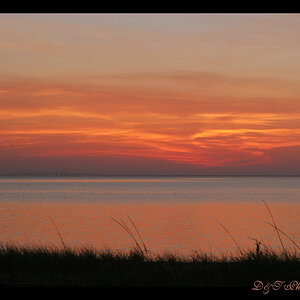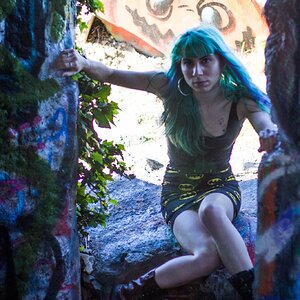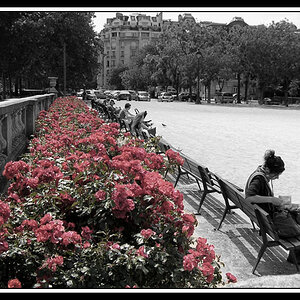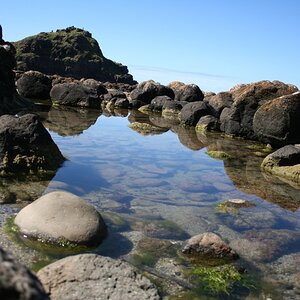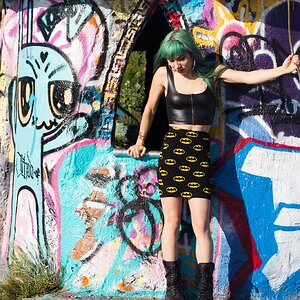GeorgieGirl
No longer a newbie, moving up!
- Joined
- Nov 5, 2010
- Messages
- 2,469
- Reaction score
- 325
- Can others edit my Photos
- Photos NOT OK to edit
Im not to familar with either of the following:
-chromatic abberation, What causes that and how is it fixed in the raw editing?
-perspective distortion, What causes that and how is it fixed in the raw editing?
Its your lens, what are you using? Also in LR you can get some lens issues resoved quickly on the right panel in the Develop mode toward the bottom with the feature to correct Lens Distortions....your lens should pop up in the dialog box when you check the feature and you can see the differnce when you check the box.
Nice job with the sunset in the windows!


![[No title]](/data/xfmg/thumbnail/37/37606-3c9ffb5906173fa2aa489341967e1468.jpg?1619738148)

